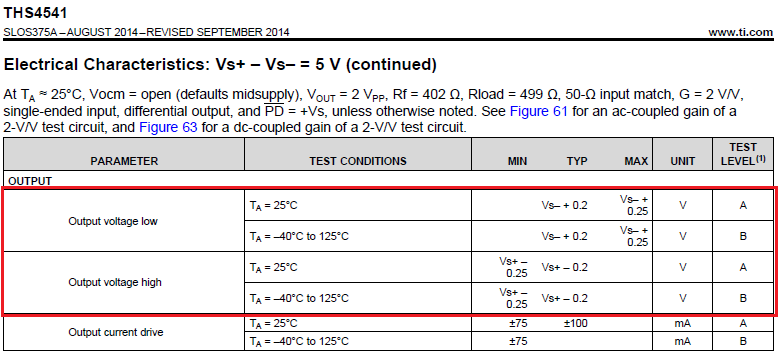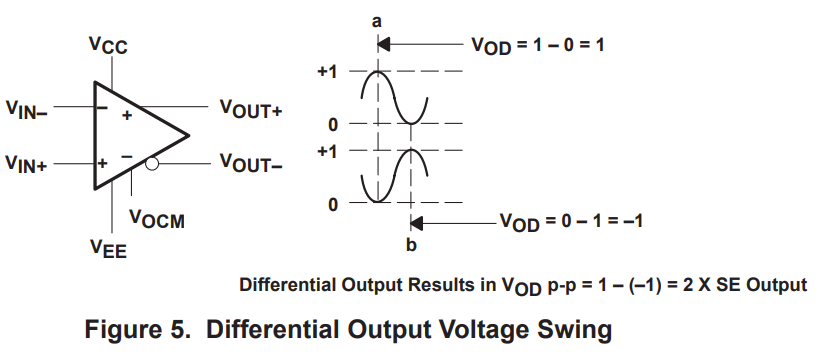Other Parts Discussed in Thread: , THS4541, THS4509, LMH6554, TINA-TI
The datasheet for this ADC states that:
"Each input pin (INP, INM) must swing symmetrically between (VCM + 0.5 V) and (VCM – 0.5 V), resulting in a 2-VPP (default) differential input swing."
I honestly can't seem to find any ADC drivers with these specifications. Hopefully there would be a 3-4 channel TI IC that is compatible with this ADC.
Thanks for any help.





